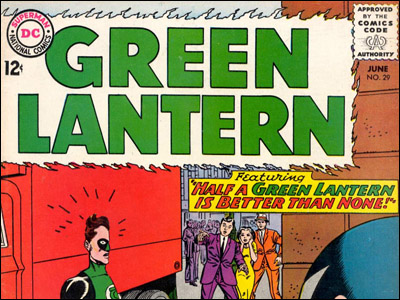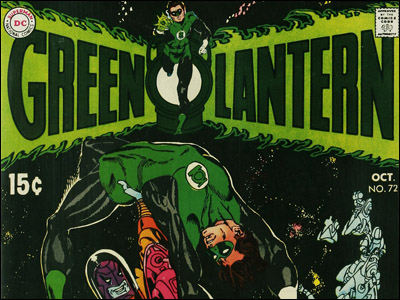"Louie" wrote to ask…
I have a million questions but here is one that has vexed me since I began my fascination with our shared love as a four year old in 1976 falling in hopeless love with Wonder Woman:
Who designs logos and how? The artists or the letterers? What is the process like? Who decides it's time to change a logo? For example, I assume that in the early 70s, the Fantastic Four logo was changed twice in an attempt to reconfigure after Kirby and then Lee left. But even the minor changes always fascinated me…for instance when the F.F. logo dropped the shadows around the letters and the "the"…were these things decided by committee or on the fly? And back to the F.F., was the original logo modeled after the Twilight Zone lettering?
Some of my favorite covers involved making the logo part of the action…like that Neal Adams X-Men cover and the Batman-Blockbuster cover.
Anyway thank you sir for a fascinating blog all these years.
Generally speaking, the editor is the person with the final say on things like logos. They can be designed by anyone involved in the work, though until fairly recently, most companies had one person who did most of the work on most of the logos. In the fifties and sixties, for example, most of the logos on Harvey Comics were the handiwork of a man named Otto Pirkola and most of the ones on A.C.G. comics were by Edmond Hamilton. Those two gents did art production work for their respective companies.

In the fifties and sixties (and even before), most of the logos on DC Comics were the handiwork of a master designer named Ira Schnapp. He did not have final say. He consulted with editors and the guys in DC's Production Department surely had something to say about most of 'em. A lot of Marvel logos of the sixties were designed by Production Manager Sol Brodsky working in tandem with letterer Artie Simek under the final supervision of Stan Lee.
Brodsky and Simek did the original Fantastic Four logo and, concurrently, the logo on another Marvel book, Amazing Adult Fantasy. They had pretty much the same design…and yes, a logo on the TV series The Twilight Zone inspired the look. The stories in Amazing Adult Fantasy also represented an attempt to do something a bit like The Twilight Zone. Brodsky told me that was what Stan wanted.
To interrupt myself briefly: I should explain here a problem with discussing things like this: Titles do not always mean the same things at different companies or even at the same companies at different times. Someone with the title of "editor" might have total control over the creative content or not. That title might even be ceremonial.
In 1970 when I first met Stan Lee, almost the first thing he said to me (and my partner then, Steve Sherman) was that he was so busy, he didn't have time to read half the comics they were putting out. He was officially the editor but someone like Roy Thomas, for example, was really doing that job on some books. Carmine Infantino's title at DC changed several times but no matter what it was, from the moment he moved into management there until the moment he left the company, he had final authority over covers…and therefore, logos.

Infantino replaced Schnapp with (mainly) Gaspar Saladino who later wound up designing a lot of logos for Marvel also. A lot of professionals consider Saladino the all-time logomaster though I personally preferred Schnapp or Simek.
In any case: These days, a lot of different people design logos and some specialize. Sometimes, artists design logos for their books. Sometimes, editors do. Often, one person will more-or-less design a logo and then a professional letterer will execute the final version the way Brodsky worked with Simek. I designed and executed several of the logos on comics I worked on. It varies.
If you want to know more about logos — a lot more — the expert you seek is Todd Klein, who has designed a lot of the best logos on comics of the last few decades. More important for your purposes is that he has made an exhaustive study of logos of the past and you can access it over on this page. Matter of fact, you can learn just about everything there is to know about the lettering of comic books somewhere on Todd's site.
